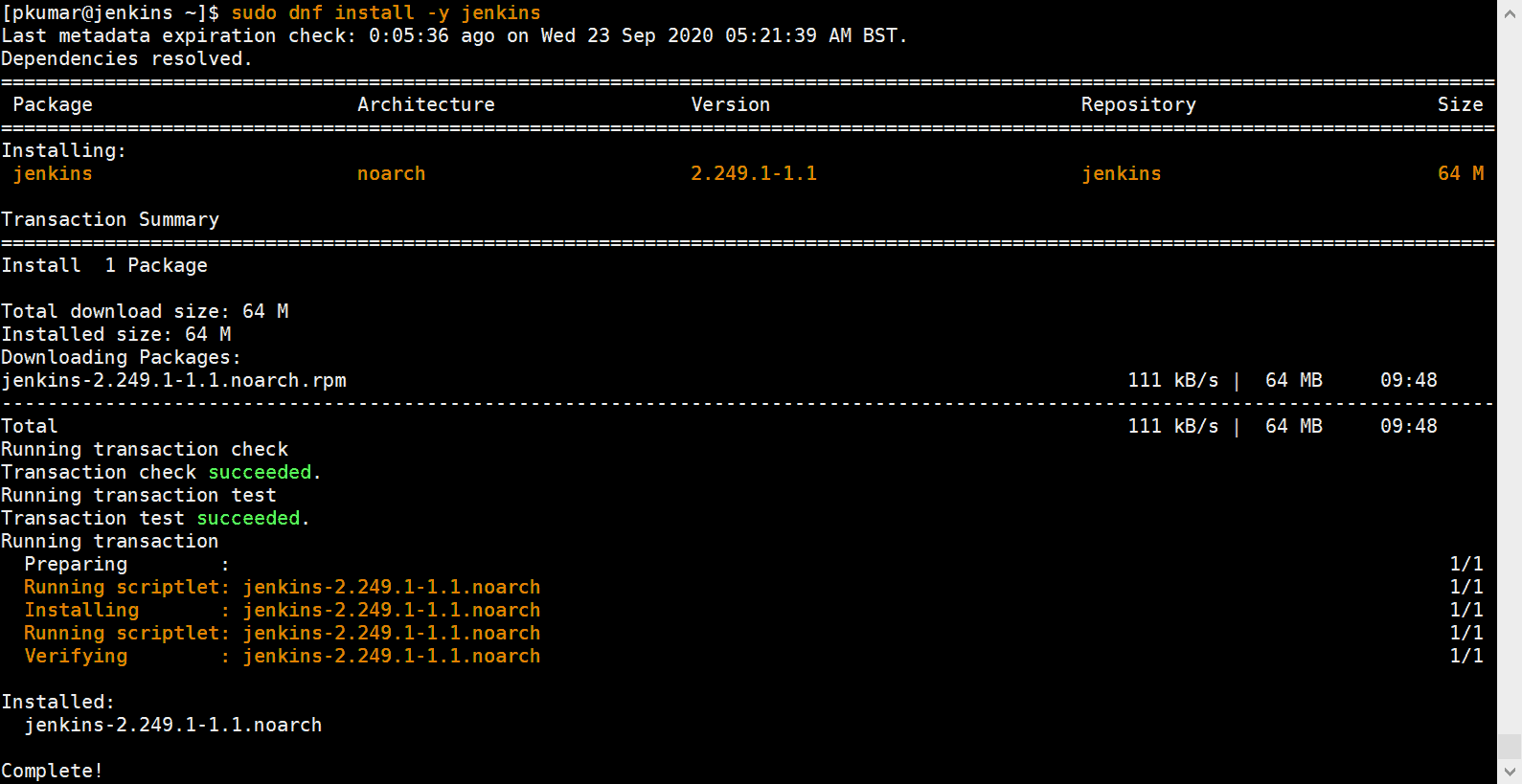


You can install TCPdump with the command below: yum install tcpdump If you get the following output it means that you don’t have TCPdump installed: -bash: tcpdump: command not found If you are using an RHEL operating system there is a good chance that TCPdump is already installed on your system, so first, run the following command (or any TCPdump command) to check if it is already installed: tcpdump -D it is a command-line interface application and it can provide information about packets in several formats depending on the arguments used.

TCPdump is open-source and it’s freely available under the BSD license. The interface ens9 is now in promiscuous mode upon boot.TCPdump is a network analyzer utility that can monitor and log, TCP/IP traffic passing through the network and the device from which it is executed. Link/ether 52:54:00:30:ef:19 brd ff:ff:ff:ff:ff:ffĥ: ens11: mtu 1500 qdisc pfifo_fast master bond0 state UP group default qlen 1000Ħ: bond0: mtu 1500 qdisc noqueue state UP group default qlen 1000 Link/ether 52:54:00:9f:37:9e brd ff:ff:ff:ff:ff:ffĤ: ens10: mtu 1500 qdisc pfifo_fast master bond0 state UP group default qlen 1000 Reboot the server and check to see if the interface is in promiscuous mode: # reboot # ip addrġ: lo: mtu 65536 qdisc noqueue state UNKNOWN group default qlen 1000
#HOW TO INSTALL TCPDUMP CENTOS VERIFICATION#
Ensure that systemd is now aware of the new service: # systemctl daemon-reload Verification WantedBy=default.target Multiple Interfaces Exampleīelow example is setting more than one interface into promiscuous mode: # cat /etc/systemd/system/rviceĭescription=Makes an interface run in promiscuous mode at bootĮxecStart=/usr/sbin/ip link set dev ens12 promisc onģ. In the example below only one interface is being placed into promiscuous mode: # cat /etc/systemd/system/rviceĭescription=Bring up an interface in promiscuous mode during bootĮxecStart=/usr/sbin/ip link set dev ens9 promisc on A oneshot using a oneline command can be used. Create a custom systemd unit file using an editor such as vi or vim. Configuring Promiscuous mode on Interface in CentOS/RHEL 7ġ. So, in order to configure interface(s) in promiscuous mode permanently, follow the steps given below. PROMISC=yes|no (enable or disable promiscuous mode) # grep PROMISC -B 1 /usr/share/doc/initscripts-9.49.41/sysconfig.txt The option PROMISC has been fully deprecated from initscripts in RHEL 7. They are informational messages for kernel auditing. When there is no audit daemon running on the system, the “audit” message will be logged into /var/log/messages file instead of /var/log/audit/audit.log file. Otherwise, deep investigation on that system will be required due to a security issue. If there was such program intentionally running or bridged networking for hardware virtualization, the “promiscuous mode” message might be simply ignored. It is usually used by a packet sniffing program like Wireshark, and tcpdump. Promiscuous mode or promisc mode is a feature that makes the ethernet card pass all traffic it received to the kernel.


 0 kommentar(er)
0 kommentar(er)
